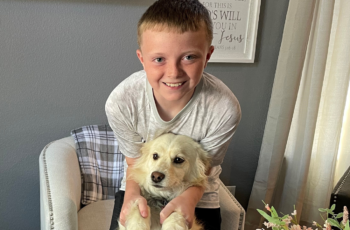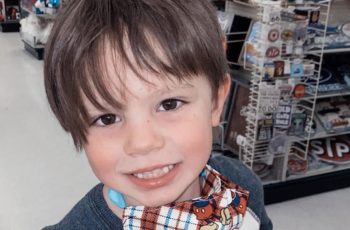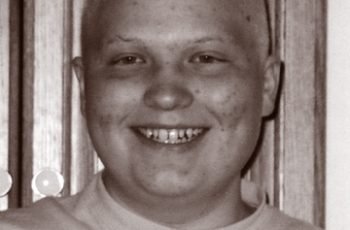Acute Lymphoblastic Leukemia (ALL)
What is ALL?
Childhood acute lymphoblastic leukemia is a cancer of the blood and bone marrow.
“Acute” means that the leukemia can progress quickly, and if not treated, may be fatal within a few months. “Lymphoblastic” means it develops from early (immature) forms of lymphocytes, a type of white blood cell.
Damaged cells become leukemic cells that multiply uncontrollably into billions of cells called leukemic lymphoblasts; they do not function normally, block the production of normal cells, and survive better than normal cells.
ALL is the most common type of cancer in children.
What causes ALL? Who is affected?
ALL is caused by an acquired or a genetic injury to the DNA of a developing stem cell in the bone marrow.
Approximately 3 of 4 children and teenagers who are diagnosed with leukemia are diagnosed with ALL. It can happen in people of all ages, but ALL is most common in children ages 2 to 5.
Risk factors for kids include:
- Having an inherited genetic problem (such as Li-Fraumeni syndrome or Down syndrome)
- Getting medicines to suppress the immune system after an organ transplant
- Exposure to X-rays before birth
- Earlier radiation treatment or chemotherapy for other types of cancer
What are the symptoms of ALL?
Symptoms include being very tired, weakness, swollen lymph nodes, infections that keep coming back, bone and joint pain, and easy bruising or petechiae (tiny red spots on the skin).
Cancerous blood cells built up in organs like the kidneys, liver, or spleen may cause belly pain.
How is ALL treated?
Treatment depends on the subtype of ALL and how aggressive the disease is. The main treatment for ALL is chemotherapy, usually in three phases:
- Induction
- The goal is to achieve remission in this phase. More than 95% of children enter remission within one month of induction treatment.
- Consolidation (also called intensification)
- Several chemotherapy drugs are combined to prevent the remaining leukemia cells from developing resistance.
- Maintenance
- Begins if the leukemia remains in remission after the induction and consolidation phases.
- Repeated intensified treatments similar to the initial induction are given to patients once or twice during the first few months of maintenance, called re-induction or delayed intensification.
If leukemia cells travel to the brain and spinal cord, patients may need intrathecal chemotherapy which is administered through a lumbar puncture (spinal tap).
Children diagnosed with an aggressive type of ALL may need stem cell transplants.
The total length of therapy for most ALL treatment plans is two to three years. Because boys are at a higher risk for relapse than girls, they may undergo several more months of treatment.







